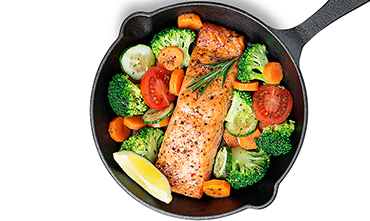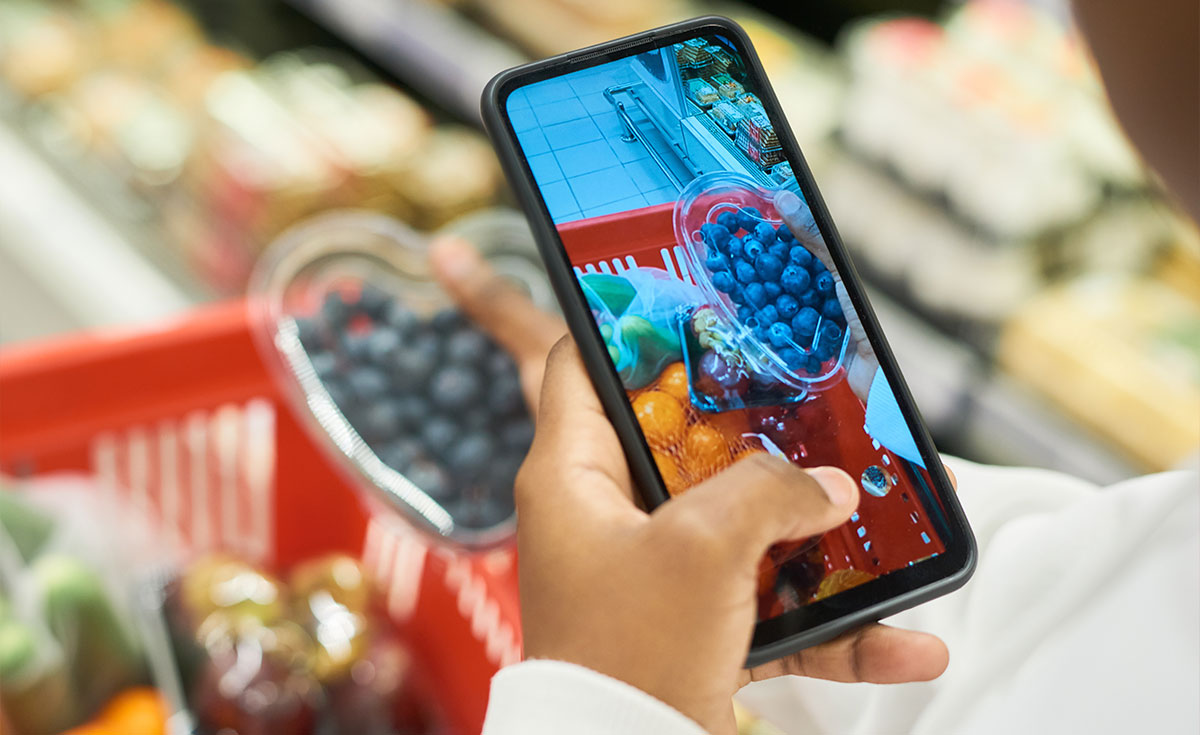By Steve Markenson, Director, Research & Insights, FMI and Rick Stein, Vice President, Fresh Foods, FMI

After two years of looking at people through screens, it was so nice to see real people at the Seafood Expo North America (SENA) this past week in Boston where we shared and released the latest Power of Seafood report. While the past two years have seen a lot of ups and downs, the stories about seafood sales at retail has been positive.
In the years leading up to the COVID-19 pandemic, the seafood department in grocery stores was showing strong growth. In the first year of the pandemic, seafood sales saw some of the most dramatic increases among all areas of food retail across fresh, frozen and grocery and across all species. Sales of seafood benefited from several factors, including restaurants closing, consumers seeking healthier and nutritious foods, the desire for variety, the cooking at home trend coupled with cooking fatigue, supply chain issues and higher prices for other proteins.
The question going into 2021 was could seafood continue this upward trajectory or at least maintain the 2020 growth? The answer is seafood has maintained its 2020 growth (+28.4%) as seafood sales grew an additional 0.9% in 2021. Some key findings from FMI’s fourth Power of Seafood report include:
- Seafood is resonating more now with consumers than ever. The number of seafood consumers has seen growth through the pandemic, but those who were seafood consumers prior to the pandemic continue to do so with higher frequency.
- Seafood consumers continue to represent an affluent and lucrative segment of shoppers with robust spending on groceries in-store and online and other unique characteristics highlighted throughout this report.
- Seafood consumers have developed new seafood habits and are cooking and eating more seafood, with many now more comfortable cooking seafood.
- Despite the range of distractions brought on by the pandemic, the complex issue of seafood sustainability still weighs on the minds of seafood consumers. While seafood consumers express concerns about the sustainability of seafood, they recognize the advantage seafood has over other animal proteins with respect to its carbon footprint.
- As the pandemic has impacted our perceptions of health and well-being, eating seafood is increasingly seen as offering a path to healthy and nutritious eating.
The objective now is continuing to sustain and build on this growth as consumers have learned more about how to buy, prepare and cook seafood. This year’s Power of Seafood report points to myriad areas where food retailers can focus to maintain and improve on the momentum of the past two years.
Download 2022 Power of Seafood
Hungry for more? Join us both on March 23 for a webinar hosted by Seafood Source.


 Industry Topics address your specific area of expertise with resources, reports, events and more.
Industry Topics address your specific area of expertise with resources, reports, events and more.
 Our Research covers consumer behavior and retail operation benchmarks so you can make informed business decisions.
Our Research covers consumer behavior and retail operation benchmarks so you can make informed business decisions.
 Events and Education including online and in-person help you advance your food retail career.
Events and Education including online and in-person help you advance your food retail career.
 Food Safety training, resources and guidance that help you create a company food safety culture.
Food Safety training, resources and guidance that help you create a company food safety culture.
 Government Affairs work — federal and state — on the latest food industry policy, regulatory and legislative issues.
Government Affairs work — federal and state — on the latest food industry policy, regulatory and legislative issues.
 Get Involved. From industry awards to newsletters and committees, these resources help you take advantage of your membership.
Get Involved. From industry awards to newsletters and committees, these resources help you take advantage of your membership.
 Best practices, guidance documents, infographics, signage and more for the food industry on the COVID-19 pandemic.
Best practices, guidance documents, infographics, signage and more for the food industry on the COVID-19 pandemic.
